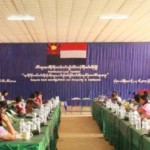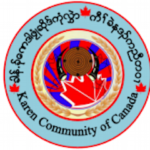By Jared Downing/Frontier Myanmar | November 22, 2017
After 70 years of conflict, the KNU and local NGOs are beginning to work alongside the government in providing healthcare to the Karen people.
A cycle crash and a nasty gash brought Nant Aye Cho to Thailand.
With a bleeding foot and toddler in tow, the Pwo Karen woman made her way down the mountain trails to the government hospital in Kawkareik, Kayin State, only to find that the doctor was out running errands, or possibly at lunch—it was difficult for her and her husband to understand the hospital staff, who were less than thrilled to deal with a few village walk-ins who couldn’t even speak Myanmar.
Figuring she probably couldn’t afford the hospital fees anyway, Aye Cho decided instead to cross the shallow Moei River to Mae Sot, Thailand and check into the Mae Tao Clinic, a free health centre for migrants and refugees.
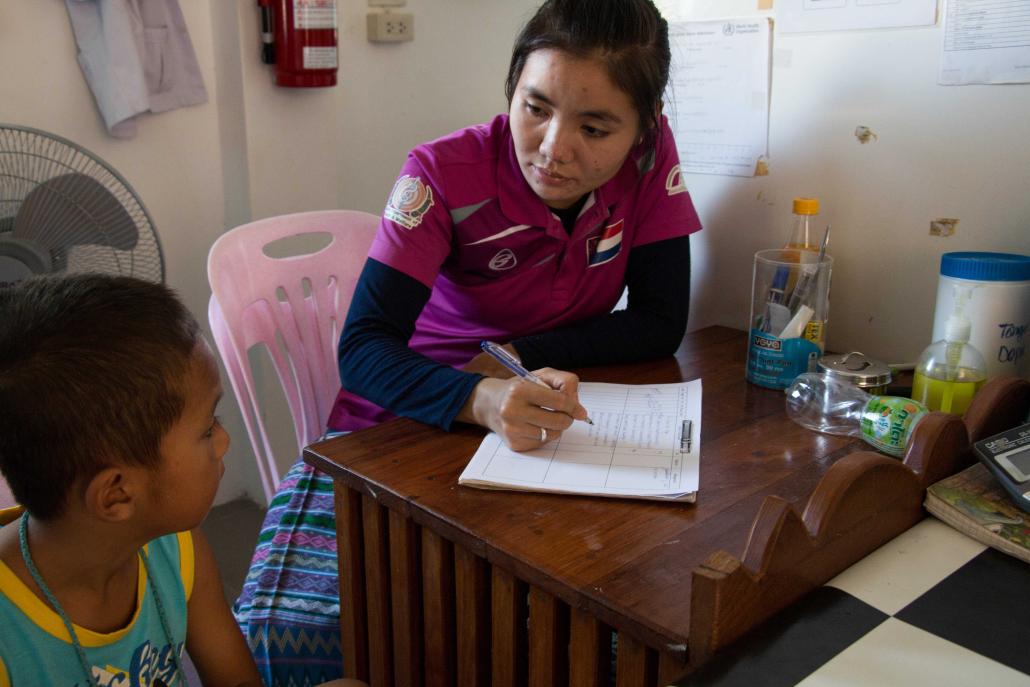
Nyein Su Wai Kyaw Soe | Frontier
As Aye Cho related her journey – her words translated first from Pwo Karen to Sgaw Karen, and then into English – nurses and medics swirled around the main ward at Mae Tao, treating patients in wheelchairs and on pallet beds.
Some seeking treatment had lived on the Thai side of the border for years, even decades. Others, like Aye Cho, couldn’t afford or access the government hospitals, or didn’t trust them.
The Mae Tao Clinic, established in 1989 to serve refugees from conflict-ridden Kayin State, remains the de-facto public hospital for the estimated 250,000 living under Karen National Union authority.
This is despite the Myanmar government’s desire to expand the tentacles of the state – including provision of health and education – into newly peaceful areas of the country, and recent funding cuts by donors.
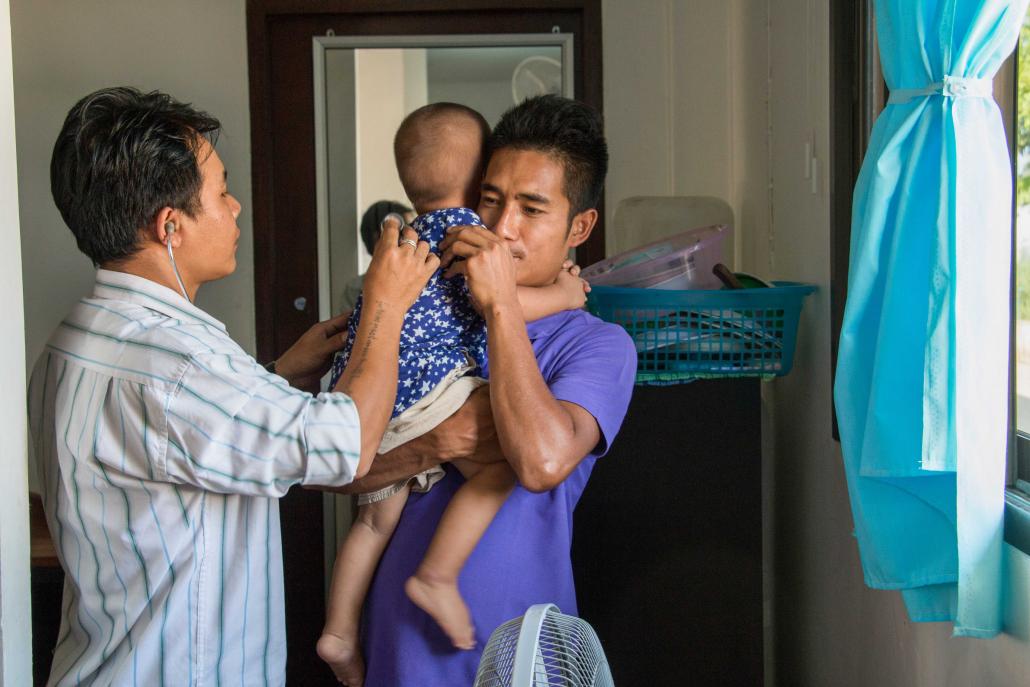
The Mae Tao Clinic in Thailand. (Nyein Su Wai Kyaw Soe | Frontier)
As a result of the 2015 nationwide ceasefire, the government and its long-time foe should theoretically be able to cooperate to treat people within Myanmar’s own borders. Indeed, the Ministry of Health and Sport identifies “ethnic health organisations”, or EHOs, as essential for its goal to achieve universal healthcare in five years.
But the effort must first overcome a mire of bureaucracy, data gaps, language barriers, old prejudices and endless meetings on how to move forward. And even before progress can be made with the government, an accord must be struck within the ensemble of independent Karen EHOs, which include DKBA Healthcare, the Karen Peace Force, the Border Guard Force, the Burma Medical Association, the Back Pack Health Worker Team and several other organisations.
Most of these have agreed to join the aegis of the largest Karen EHO, the Karen Department of Health and Welfare.
In the meantime, though, many in rural Kayin rely on scattered triage sites or the Mae Tao Clinic for their healthcare needs.
This article originally appeared on Frontier Myanmar on November 22, 2017

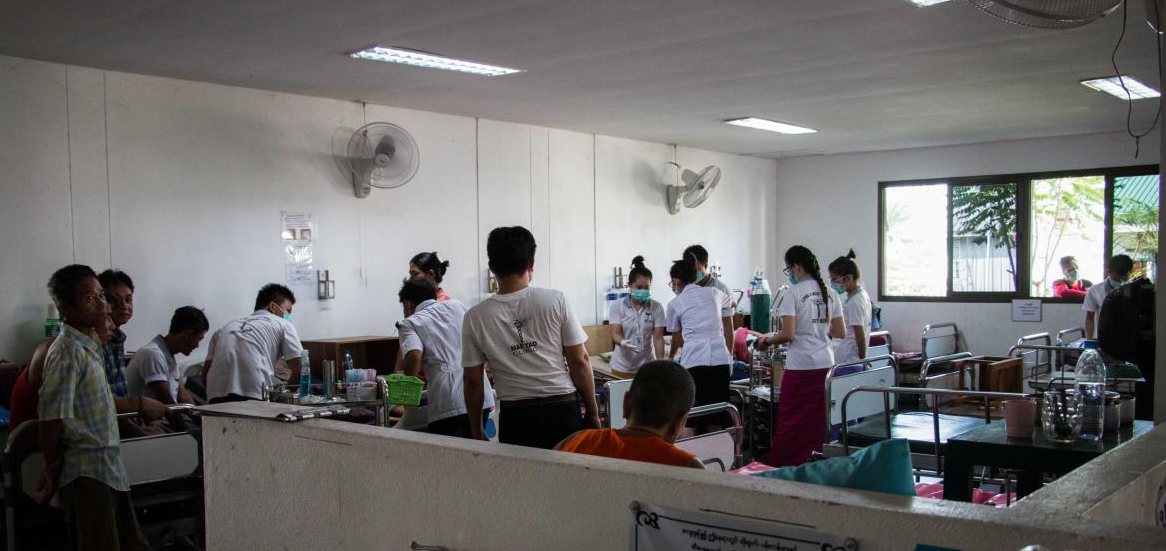

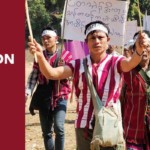
![‘The Burma Army Killed Him [Saw O Moo] – At Least the Government or the Army Should Commit to Not Do This Again’: Paul Sein Twa, Executive Director of KESAN](https://www.burmalink.org/wp-content/uploads/2018/05/Saw-O-Moo-commemoration-Paul-Sein-Twa-speaking-2-150x150.jpg)

